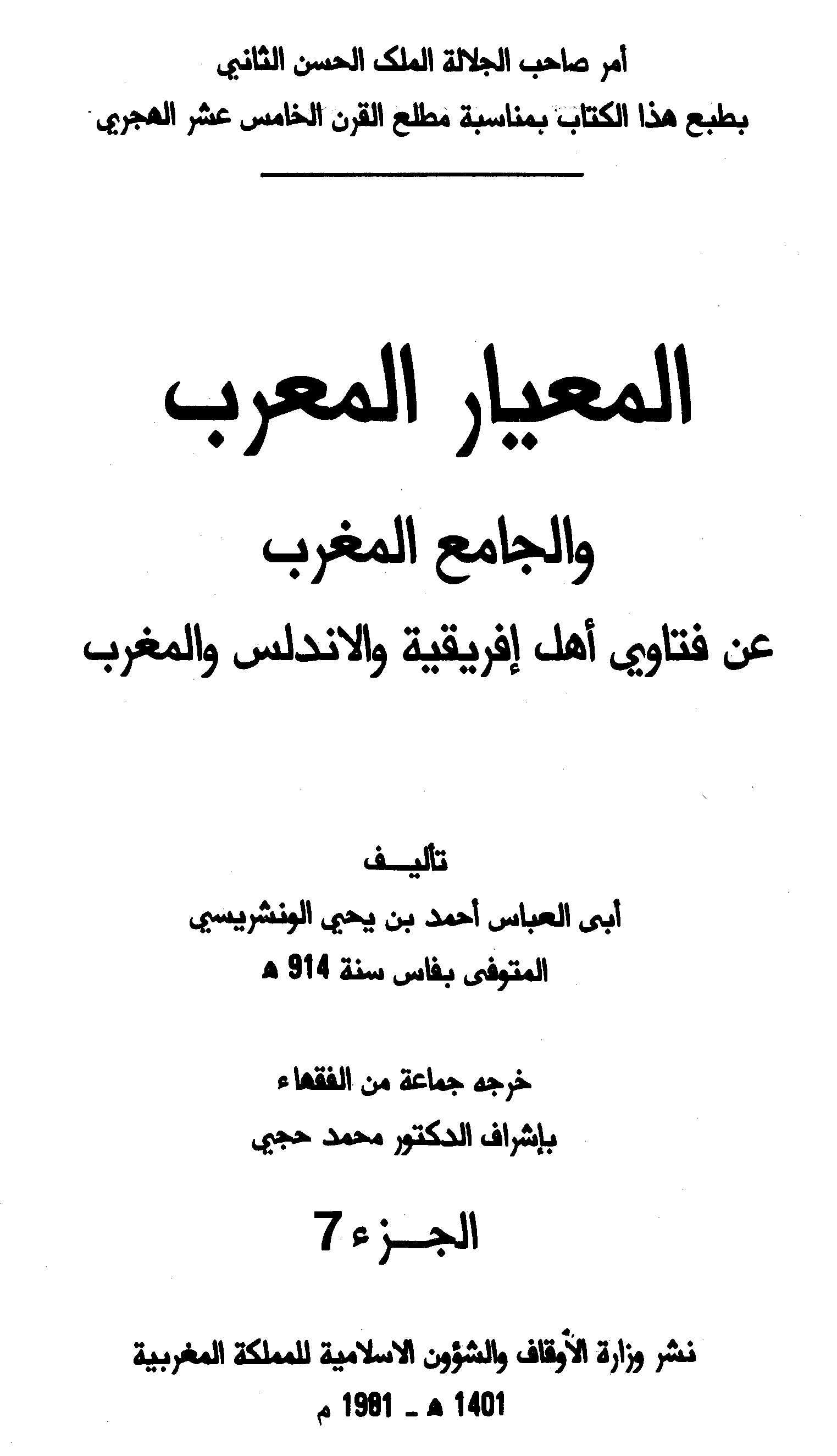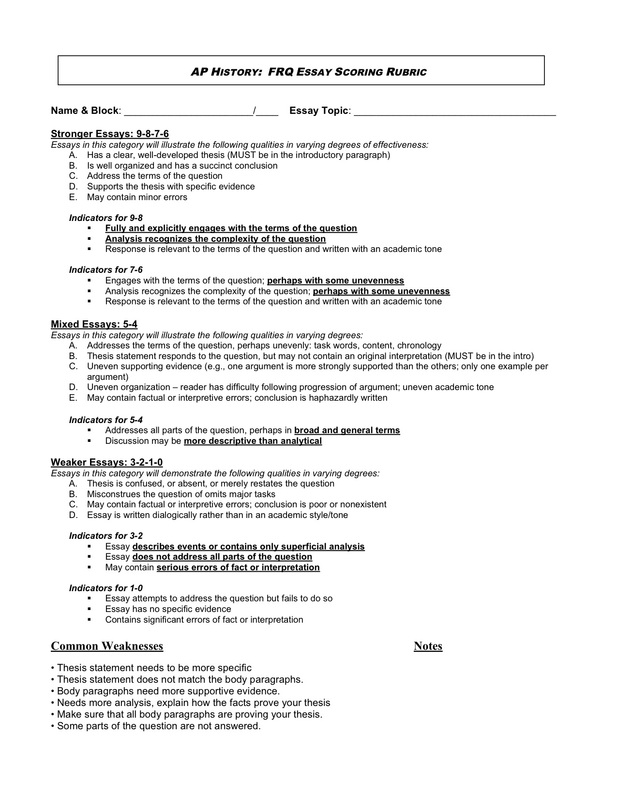Kabuki Theatre Essay - 3665 Words - StudyMode.
Kabuki Theater Research Paper Three characters referring to dance, music, and skill represent kabuki in the Japanese language. Kabuki is the traditional Japanese form of theatre. Tradition has it that kabuki was founded in 1603, in the Edo period, by a Shinto priestess named Okuni.The Kabuki Theater Essay examples - Although it started out as just another type of dance, Kabuki eventually emerged into an important and fascinating theatre where elaborate makeup and costumes combined to put on entertaining performances for audiences throughout the centuries.Japanese Kabuki theatre has been indirectly challenging these views for over 300 years, as I will show you throughout the course of this paper. During the developing years of Kabuki, the theaters were typically stages for brothels showing their female prostitutes erotic dancing. As time progressed, it became more theatrical and developed into.
Japanese music: Kabuki theatre Kabuki’s highly lyrical plays are regarded, with notable exceptions, less as literature than as vehicles for actors to demonstrate their enormous range of skills in visual and vocal performance. These actors have carried the traditions of Kabuki from one generation to the next with only slight alterations.The Kabuki Theater 1516 Words 7 Pages Although it started out as just another type of dance, Kabuki eventually emerged into an important and fascinating theatre where elaborate makeup and costumes combined to put on entertaining performances for audiences throughout the centuries.

Essays and criticism on Kabuki - Critical Essays. Kabuki Traditional Japanese theater style. Kabuki is the most well-known of Japan's many theatrical styles.











